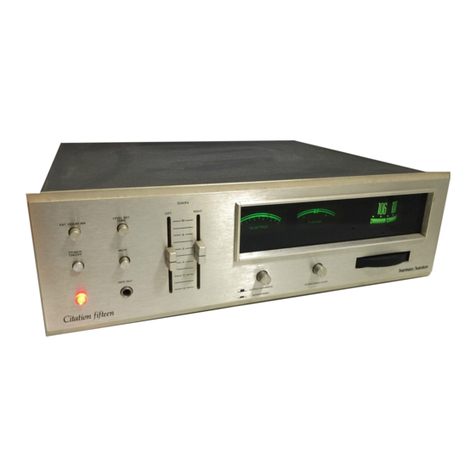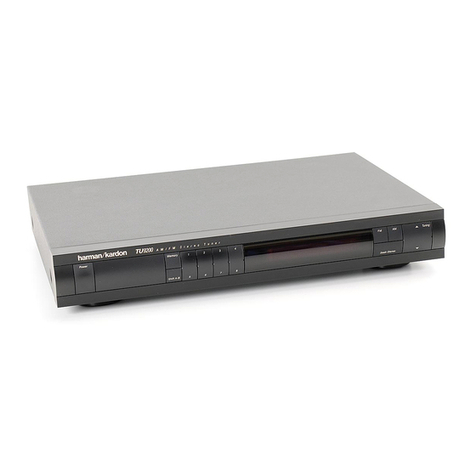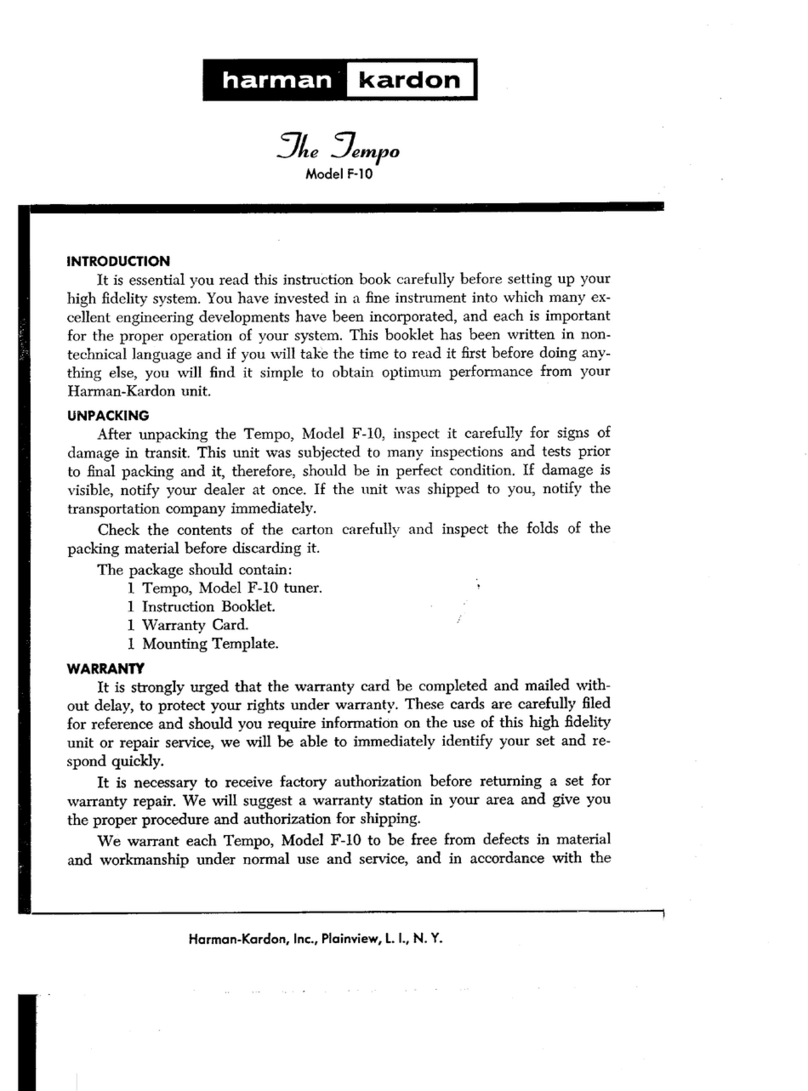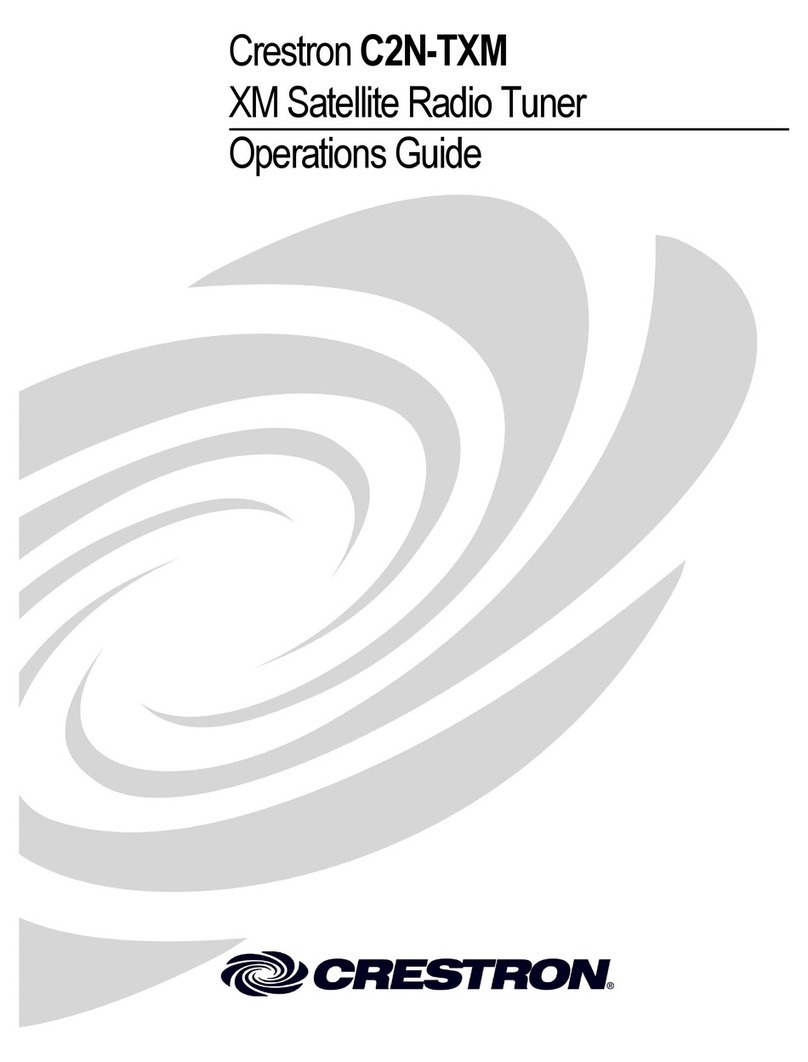Harman Kardon The Citation Fifteen User manual
Other Harman Kardon Tuner manuals
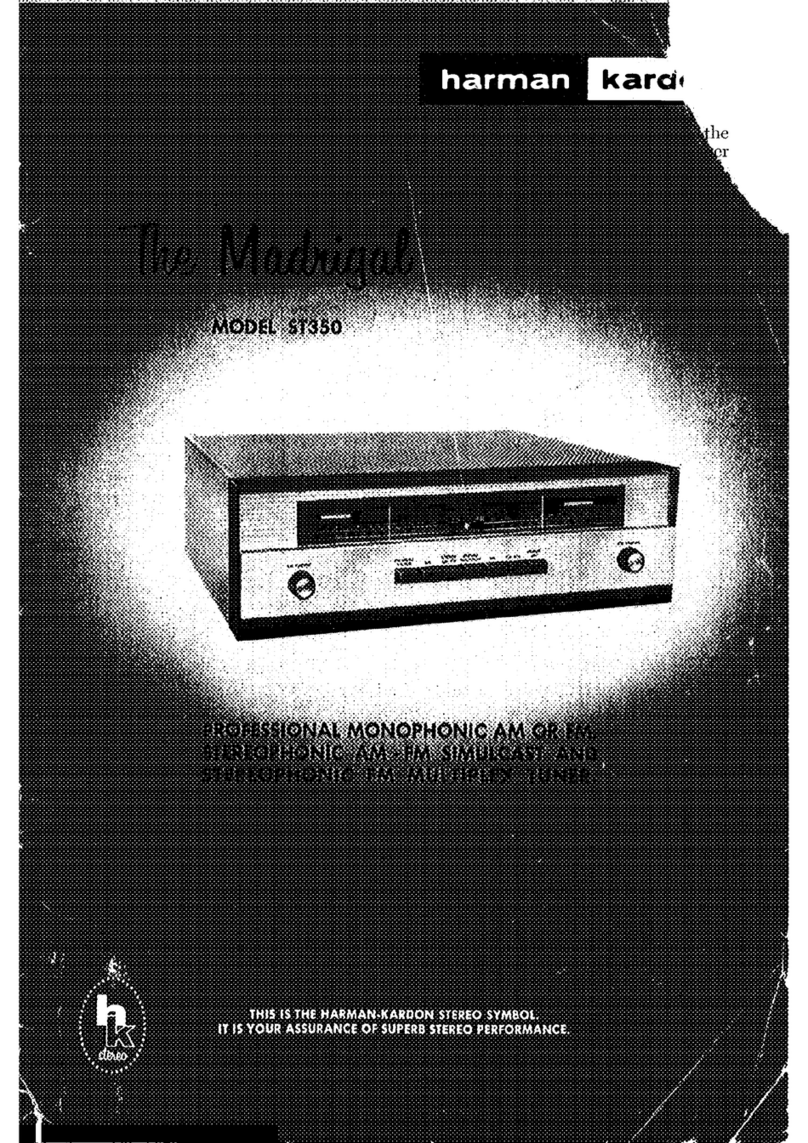
Harman Kardon
Harman Kardon The Madrigal ST350 User manual
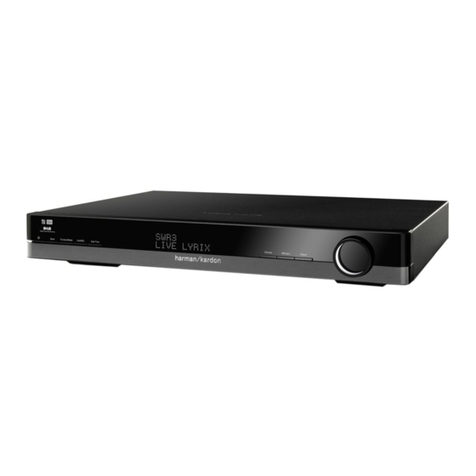
Harman Kardon
Harman Kardon TU 980 User manual
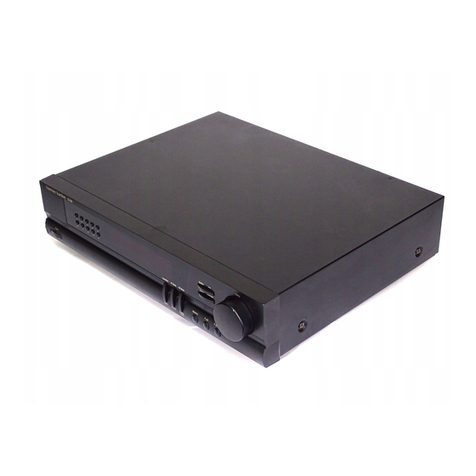
Harman Kardon
Harman Kardon TU-940 User manual

Harman Kardon
Harman Kardon TU 980 User manual
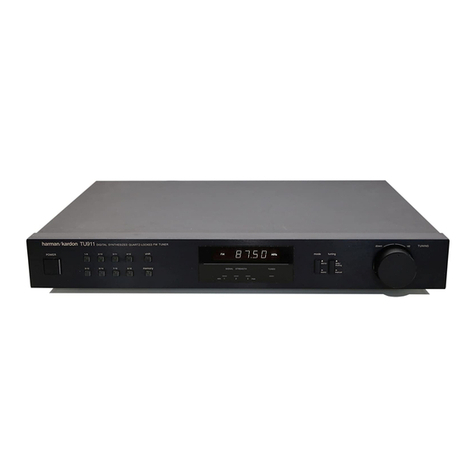
Harman Kardon
Harman Kardon TU911 User manual
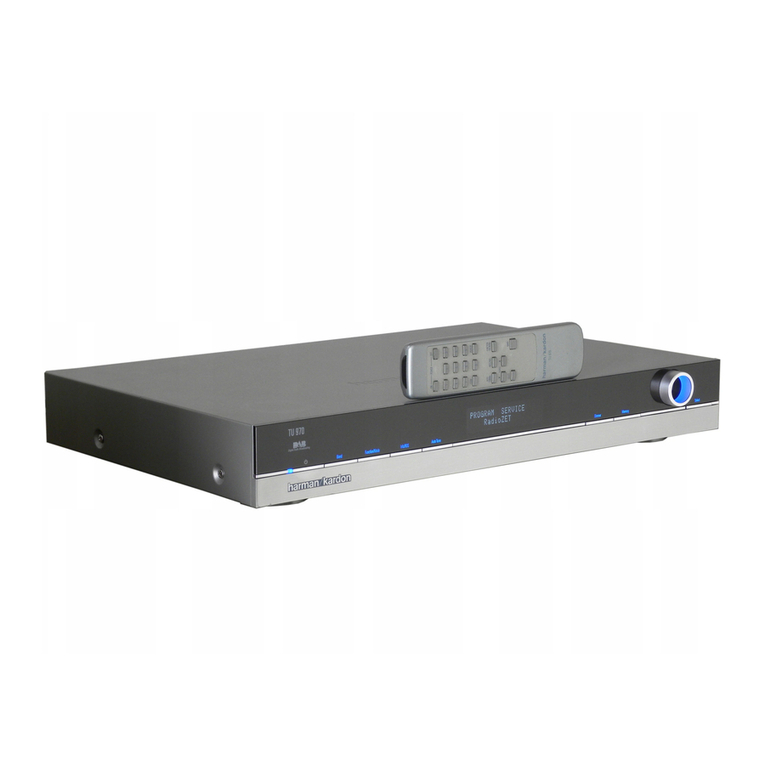
Harman Kardon
Harman Kardon TU 970 User manual
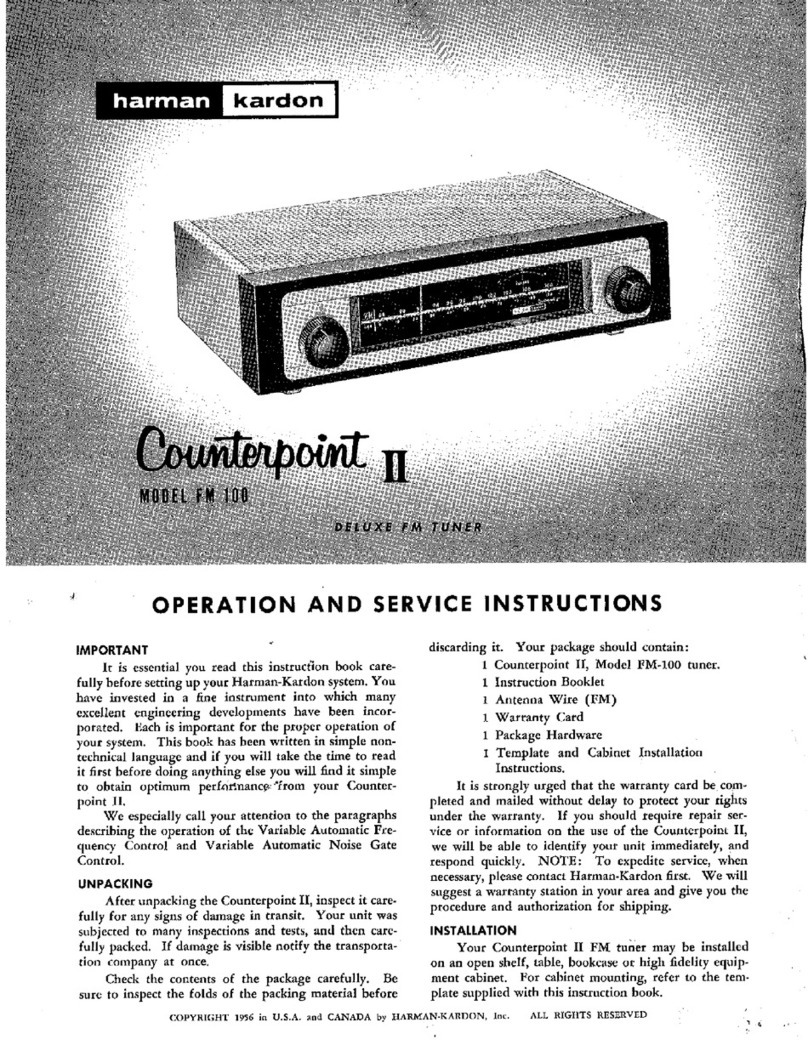
Harman Kardon
Harman Kardon FM-100 User manual

Harman Kardon
Harman Kardon SIGNATURE 2.0 User manual
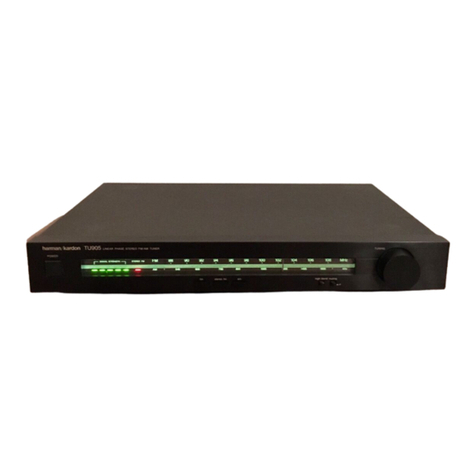
Harman Kardon
Harman Kardon TU905 User manual
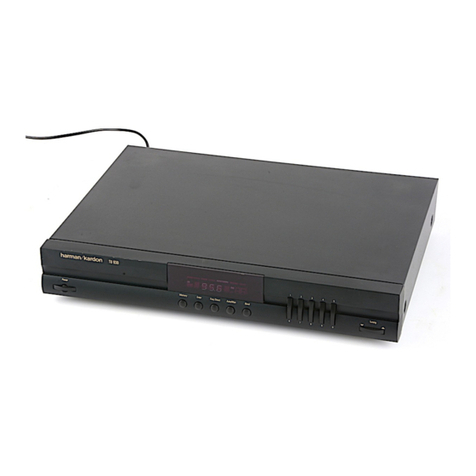
Harman Kardon
Harman Kardon TU930 User manual
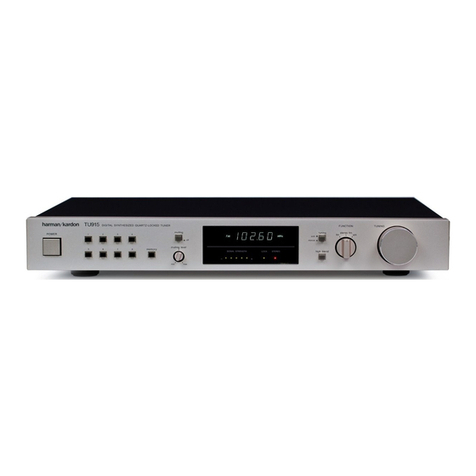
Harman Kardon
Harman Kardon TU915 User manual
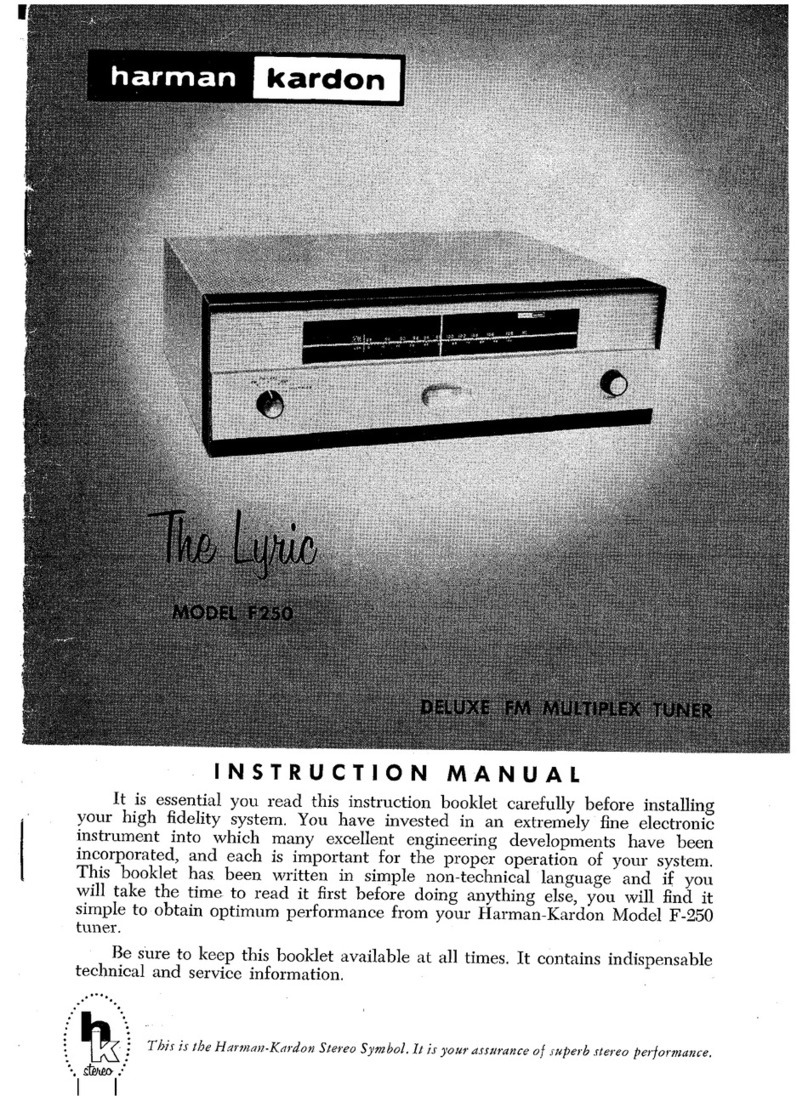
Harman Kardon
Harman Kardon Lyric F250 User manual
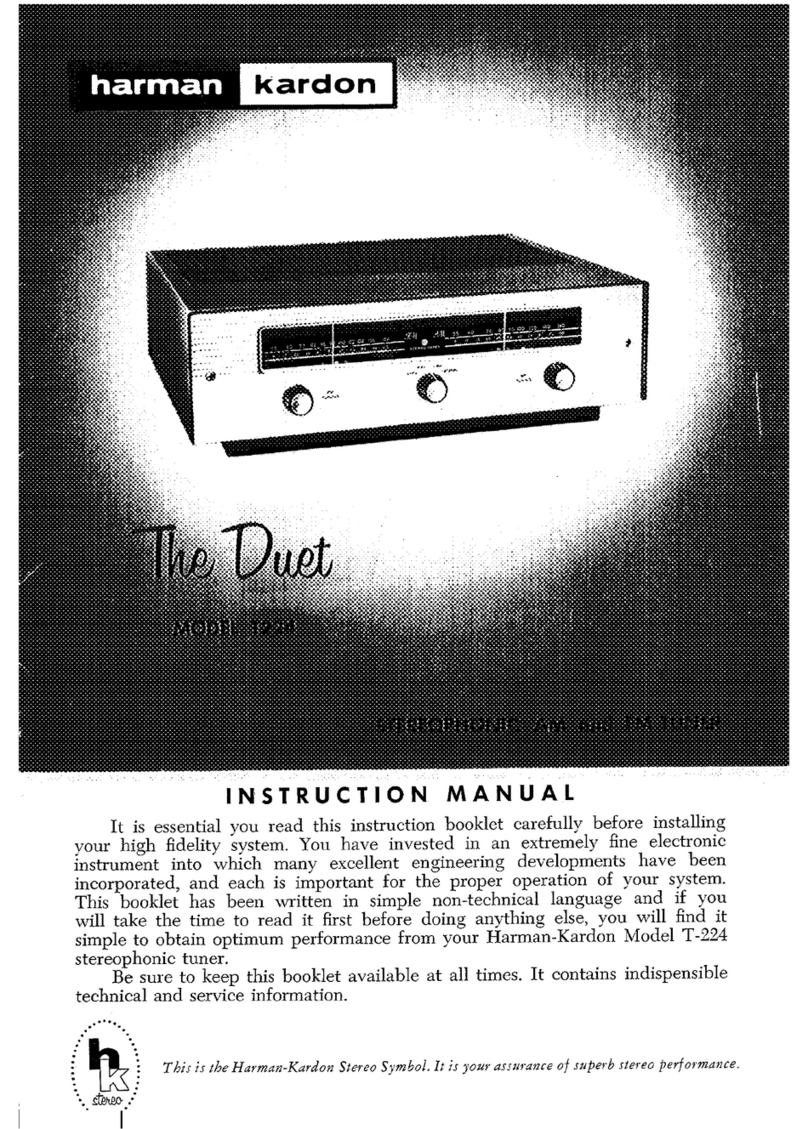
Harman Kardon
Harman Kardon The Duet T224 User manual
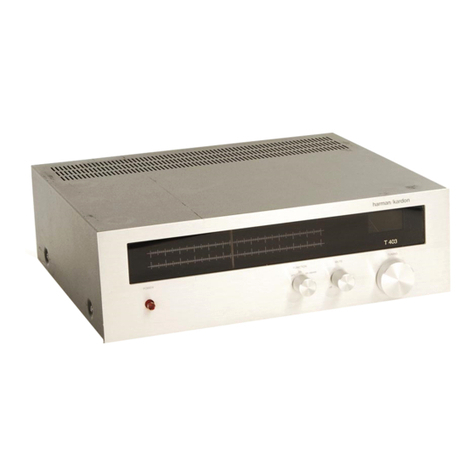
Harman Kardon
Harman Kardon T-403 User manual

Harman Kardon
Harman Kardon Lyric F250 User manual
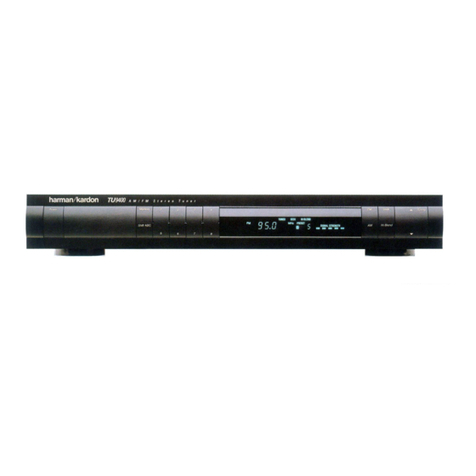
Harman Kardon
Harman Kardon TU9400 User manual
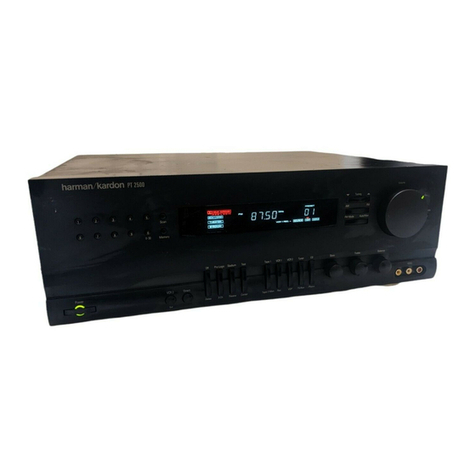
Harman Kardon
Harman Kardon PT2500 User manual

Harman Kardon
Harman Kardon TU909 User manual
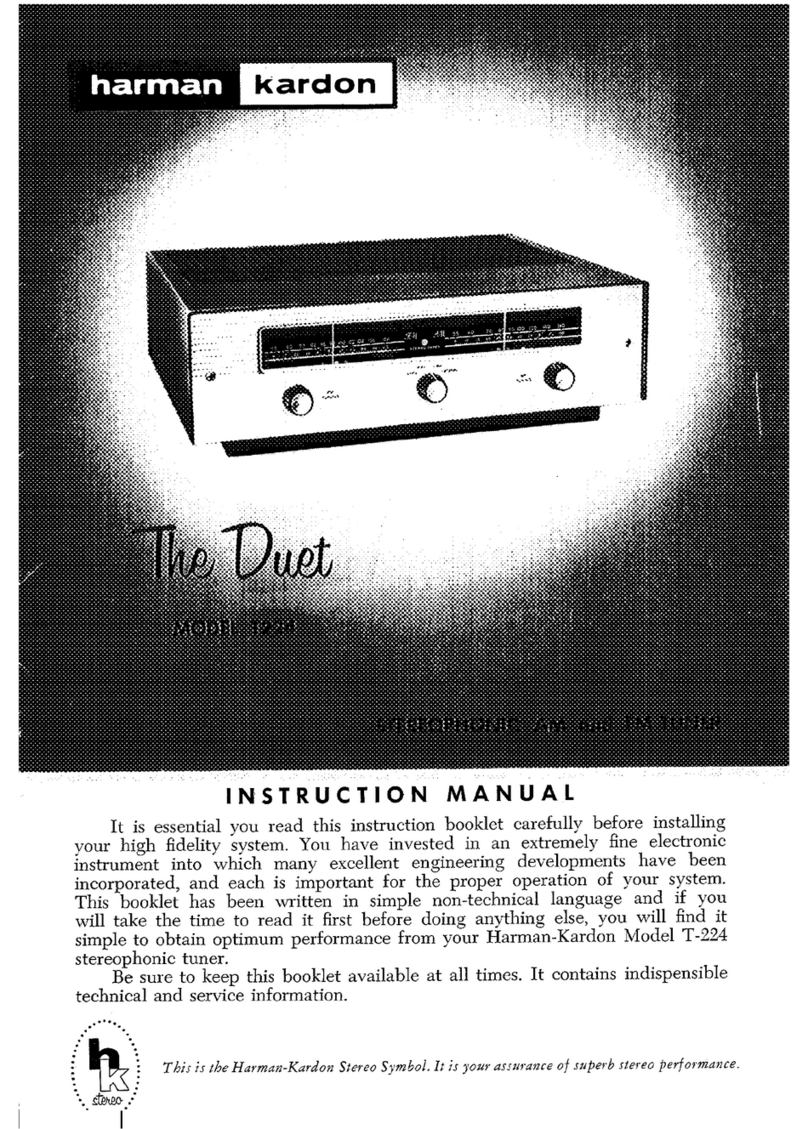
Harman Kardon
Harman Kardon The duet T-224 User manual

Harman Kardon
Harman Kardon CITATION 23 User manual
Popular Tuner manuals by other brands

MFJ
MFJ MFJ-928 instruction manual

NAD
NAD C 445 owner's manual

Sony
Sony ST-SA5ES operating instructions

Sirius Satellite Radio
Sirius Satellite Radio SC-FM1 user guide

Antique Automobile Radio
Antique Automobile Radio 283501B Installation and operating instructions

Monacor
Monacor PA-1200R instruction manual
